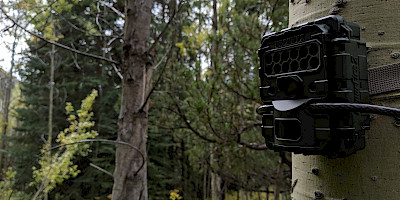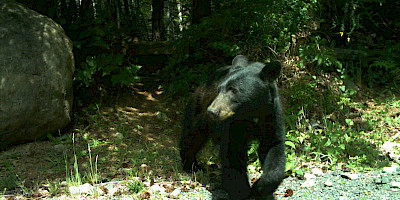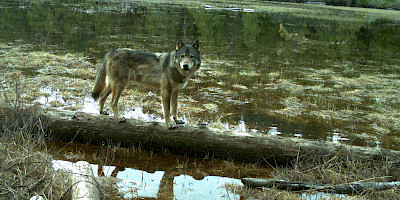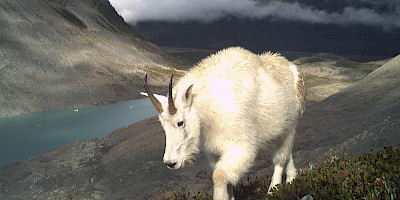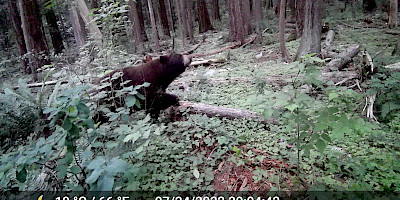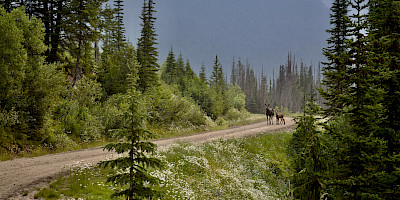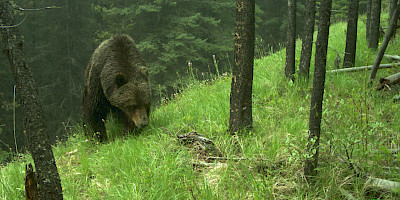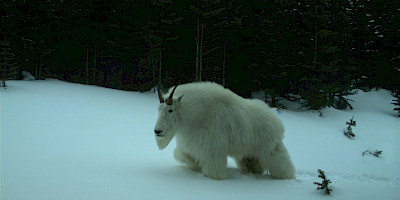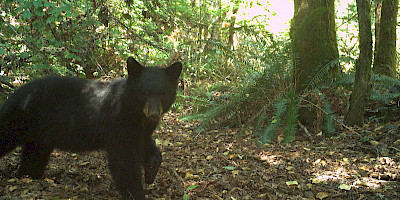Projects
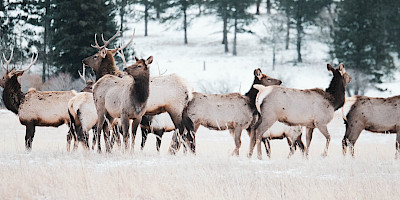
Overview
To update your project, please use the linked Project Update Form. Ensure that you are using your WildCAM affiliated email and contact details.
You can click on any of the projects to learn more about them, or explore the map. You can also access our searchable database here, where you can sort or search for projects by target species, affiliation, region, etc.
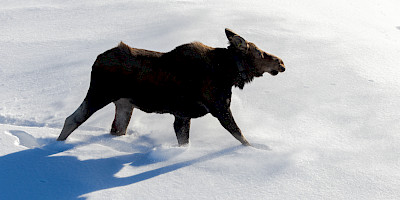
Interior BC Moose Predation Risk Project
Two study areas: 1) southwest of Prince George & 2) northwest of Kamloops
Two arrays of 50 wildlife cameras were deployed southwest of Prince George and northwest of Kamloops to identify the impacts of forest harvesting on distributions of moose and their predators. Predator distributions will be used to…
